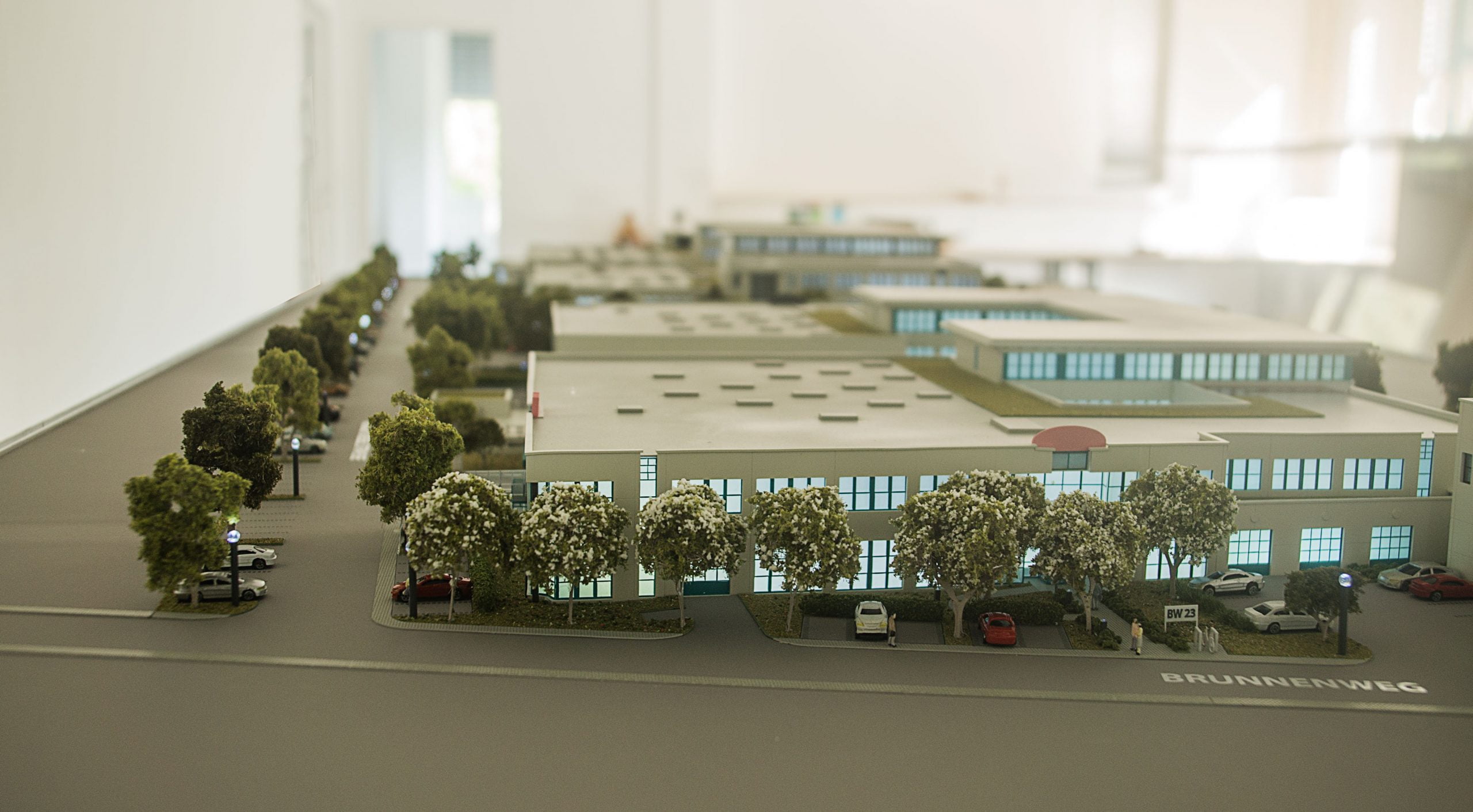Understanding the City Planning Model
The city planning model serves as a pivotal framework for urban development, allowing planners to visualize and strategically manage urban spaces. At its core, a city planning model encompasses various tools and methodologies to assess land use, transportation systems, and community needs. This intricate balance ensures that cities grow functionality while catering to the demands of its residents.
Definition and Importance of City Planning Models
City planning models are theoretical frameworks that depict the organization and functional relationships within urban environments. They guide the physical, social, and economic development of cities to achieve sustainable and cohesive urban growth. By employing these models, urban planners can anticipate the implications of developments, address potential challenges proactively, and create environments that enhance the quality of life for residents.
Key Components of an Effective City Planning Model
To craft a robust city planning model, several key components must be incorporated. These include:
- Land Use Planning: The allocation of different types of activities (residential, commercial, industrial) across various regions to optimize functionality.
- Transportation Networks: Infrastructure planning to ensure efficient movement through public transit systems, roadways, and cycling paths.
- Community Needs Assessment: Gathering data on demographic trends, preferences, and needs helps tailor urban environments to serve residents better.
- Environmental Considerations: Integrating green spaces and sustainable practices to reduce ecological impact.
Historical Evolution of City Planning Models
The evolution of city planning models can be traced back several centuries. Early examples include:
- The Garden City Movement: Founded in the late 19th century by Ebenezer Howard, this model emphasized self-contained communities surrounded by greenbelts.
- Modernist Planning: Emerging in the early 20th century, it focused on functional zoning and large-scale urban projects underpinned by rationalist ideals.
- Postmodern Planning: Reacting against modernism, this approach celebrates diversity, mixed-use developments, and a return to historic forms.
Types of City Planning Models
Traditional vs. Modern City Planning Models
Traditional city planning models often prioritize structure and order, focusing primarily on land use zoning. In contrast, modern city planning integrates contemporary insights that emphasize sustainability, livability, and community engagement. Traditional models can be rigid, while modern approaches allow for adaptability in response to changing urban dynamics and priorities.
Sustainable City Planning Models and Their Features
Sustainable city planning models incorporate ecological principles and long-term thinking into urban design. Key features include:
- Compact Development: High-density areas that minimize land consumption and promote walkability.
- Green Infrastructure: Integrating natural systems into urban environments to manage stormwater, reduce heat, and enhance biodiversity.
- Smart Growth Principles: Focusing on smart land use, promoting mixed-use developments, and protecting rural lands.
Case Studies: Successful City Planning Models
Examining successful implementations of city planning models yields valuable insights. Notable case studies include:
- Copenhagen, Denmark: Renowned for its comprehensive bicycle infrastructure and commitment to sustainability, Copenhagen has made a significant shift towards urban cycling.
- Portland, Oregon: Famed for its urban growth boundary and mixed-use zoning practices, Portland has demonstrated how strategic planning can foster both economic growth and livability.
- Curitiba, Brazil: This city is celebrated for its innovative bus rapid transit (BRT) system, emphasizing efficient public transport as a central element of urban planning.
Implementing a City Planning Model
Steps to Develop an Effective City Planning Strategy
Developing an effective city planning strategy involves several critical steps:
- Conduct a Comprehensive Assessment: Gather data on current land use, population trends, and local infrastructure.
- Engage Stakeholders: Facilitate collaboration with community members, businesses, and government entities to gather diverse perspectives.
- Develop a Vision Statement: Articulate a clear, forward-thinking vision for the future of the city.
- Create Draft Plans: Use the gathered data and vision to lay out drafts of urban plans or models.
- Solicit Feedback: Present plans to the community for input and revise accordingly.
- Implement and Monitor: Put the finalized plan into action while monitoring for effectiveness and making adjustments as necessary.
Stakeholder Engagement in City Planning Models
Engaging stakeholders is vital for the success of city planning models. This process fosters transparency, builds trust, and enhances community ownership of outcomes. Effective engagement methods include workshops, public meetings, surveys, and digital platforms where citizens can provide feedback.
Common Challenges in Implementation and Solutions
Implementation of city planning models can encounter several challenges:
- Resistance from Residents: Address concerns through community engagement and demonstration of the benefits.
- Funding Limitations: Proactively seek grants, partnerships, and public-private collaborations to enhance funding opportunities.
- Regulatory Hurdles: Work with legal experts to navigate complex regulations and streamline processes.
Evaluating the Effectiveness of City Planning Models
Performance Metrics for City Planning Models
To assess the effectiveness of a city planning model, a variety of performance metrics should be established:
- Transportation Efficiency: Measure the reduction in travel times and traffic congestion.
- Environmental Impact: Analyze changes in air quality and green space access.
- Community Satisfaction: Use surveys to gauge residents’ perceptions of urban livability.
- Economic Indicators: Monitor job growth, business development, and property values.
Tools and Technologies for Analysis
Various tools and technologies can significantly enhance city planning models. Geographic Information Systems (GIS), simulation software, and data analysis platforms allow for spatial examinations and data exploration, providing deeper insights into urban issues and optimizing planning decisions.
Feedback Mechanisms and Continuous Improvement
Establishing feedback mechanisms is crucial for continual improvement in city planning models. Implement regular monitoring and evaluations with mechanisms like community forums, online surveys, and performance dashboards to ensure that emerging issues can be addressed in real-time.
Future Trends in City Planning Models
Innovative Technologies Shaping City Planning
Emerging technologies are transforming urban planning landscapes, including:
- Smart Cities Initiatives: Integrating IoT systems to optimize city services, from waste management to traffic control.
- 3D Urban Modeling: Utilizing 3D simulations for better visualization and planning of urban spaces.
- Data-Driven Decision Making: Leveraging big data analytics to inform planning strategies based on real-time information.
Global Perspectives on City Planning Models
Understanding global perspectives on city planning models provides valuable insight into best practices. Various regions adopt unique approaches, such as Asian cities’ rapid urbanization strategies or European models emphasizing sustainable development, offering a wealth of experience for urban planners worldwide.
Preparing for Urbanization and Sustainability Challenges
As urbanization continues to increase globally, cities must adopt innovative planning models that prioritize sustainability. Anticipating issues stemming from climate change, population growth, and resource depletion requires forethought and adaptability in city planning models, ensuring resilience and longevity in urban environments.



